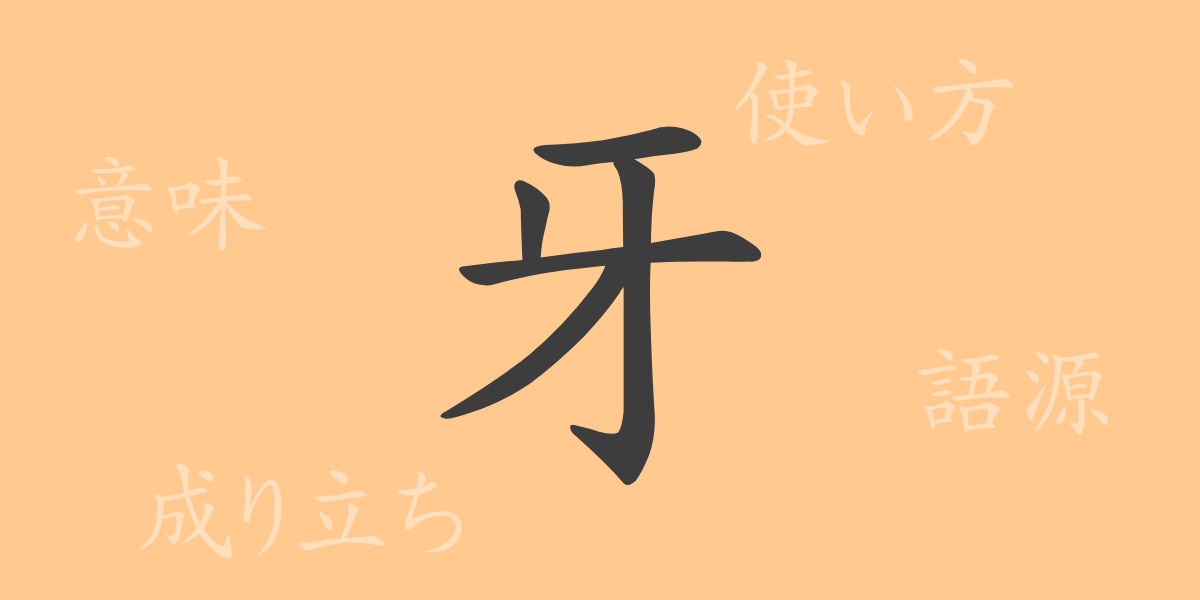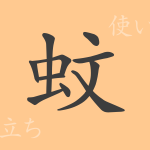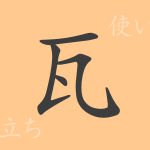The beauty of the Japanese language is also inherent in its characters. The meanings embedded in a single character can sometimes become symbols of deep knowledge and culture. In this article, we will delve into the charm of the Japanese Kanji ‘牙’ (Kiba), focusing on its origins, meanings, usage, and even proverbs and idioms used in everyday life that feature this character.
The Origin (Etymology) of ‘牙’
The Kanji ‘牙’ (Kiba) represents the sharp teeth protruding from the mouth of a beast, symbolizing this image. Its origin can be traced back to ancient Chinese oracle bone script, narrating how vital animal fangs were during eras when hunting was central to life. Over time, ‘牙’ (Kiba) came to symbolize the power and danger of beasts, integrating into various cultures and languages.
Meanings and Usage of ‘牙’
The Kanji ‘牙’ (Kiba) directly means the ‘sharp teeth in the mouth of an animal,’ but it also metaphorically represents ‘strength’ and ‘aggressiveness.’ For example, the phrase ‘牙を剥く’ (Kiba- wo- mu-ku) is used to describe the act of showing hostility or aggression.
How to Read ‘牙’, Stroke Count, and Radical
Let’s take a closer look at the reading, structure, and details of the Kanji ‘牙’ (Kiba).
- Reading: The on’yomi (Sino-Japanese reading) is ‘が’ (Ga), and the kun’yomi (native Japanese reading) is ‘きば’ (Kiba).
- Stroke Count: A total of 4 strokes.
- Radical: The ‘牙’ radical (Kiba hen).
Idioms, Phrases, and Proverbs Using ‘牙’ and Their Meanings
There are numerous idioms and proverbs containing ‘牙’ (Kiba), each with its unique meaning. For instance, ‘牙を研ぐ’ (Kiba -wo- to-gu) means to secretly build up one’s power. ‘狼の牙’ (Ookami no kiba) represents cunning and ruthless characteristics. These expressions borrow the strength and danger associated with fangs to depict human nature and behavior.
Conclusion on ‘牙’
A single Kanji character encapsulates the history and culture from its formation to modern times. ‘牙’ (Kiba) is no exception; its appearance and meaning have evolved over time and continue to live on in a variety of words and expressions. For students of the Japanese language and those interested in Kanji, ‘牙’ (Kiba) can be considered an intriguing milestone in their journey of exploration.

























